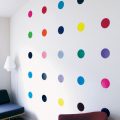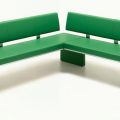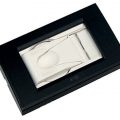Stylist: Eee (Yee) Photo: Ivan Tereshchenko (Ivan Tereshchenko)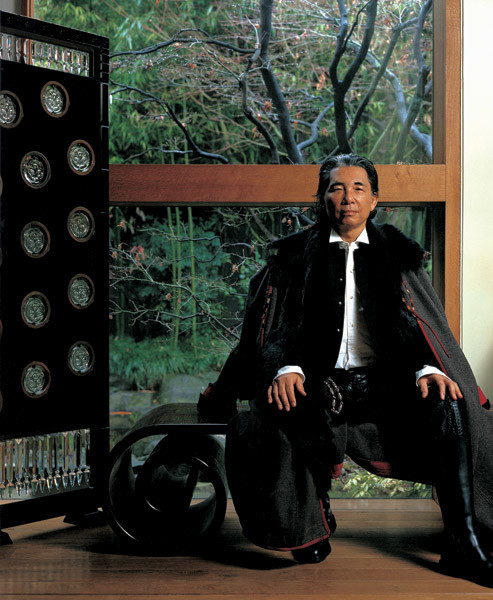 Interior design of the private house Kenzo Takada alwayswent his own way. At age 19, he opposed to his parents enrolled in the famous Tokyo school of fashion designers Bunkafukuso Gakuin. Kenzo was not at all embarrassed that some of his girls were studying on his course, always giggling over the future "tailor". Time has put everything in its place. Within two years, former mockers gave Kenzo respectful obeisances, congratulating him on winning the prestigious Soen competition. In 1965, he moved to France, and in 1970 became the first Japanese in Paris to produce clothing (and since 1988 and perfume) under his own name. In 1993, the Kenzo House became part of the LVMH group of companies, combining such brands as Dior, Louis Vuitton, Christian Lacroix, COline, Givenchy. In 1999, Takada again turned off the beaten track - retired and went on a three-year journey around the world. After a pause, the designer returned to a new role. He founded his own brand GOKAN KOBO (in translation from the Japanese "Workshop of the Five Senses"), where he produces furniture and accessories for the house.
Interior design of the private house Kenzo Takada alwayswent his own way. At age 19, he opposed to his parents enrolled in the famous Tokyo school of fashion designers Bunkafukuso Gakuin. Kenzo was not at all embarrassed that some of his girls were studying on his course, always giggling over the future "tailor". Time has put everything in its place. Within two years, former mockers gave Kenzo respectful obeisances, congratulating him on winning the prestigious Soen competition. In 1965, he moved to France, and in 1970 became the first Japanese in Paris to produce clothing (and since 1988 and perfume) under his own name. In 1993, the Kenzo House became part of the LVMH group of companies, combining such brands as Dior, Louis Vuitton, Christian Lacroix, COline, Givenchy. In 1999, Takada again turned off the beaten track - retired and went on a three-year journey around the world. After a pause, the designer returned to a new role. He founded his own brand GOKAN KOBO (in translation from the Japanese "Workshop of the Five Senses"), where he produces furniture and accessories for the house.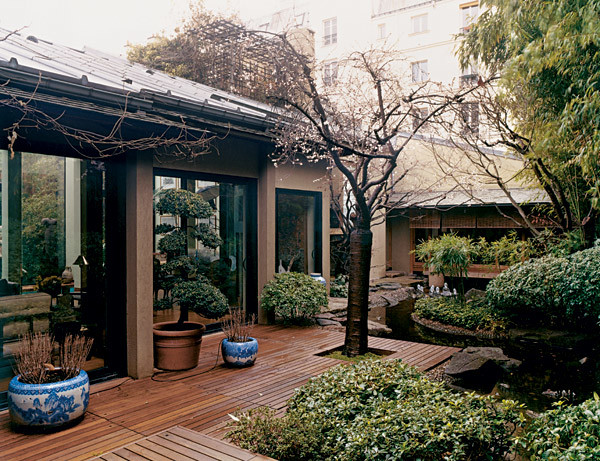 Kenzo Takada
Kenzo Takada

- Photo 1. The boundary between the inner and outer world in the Kenzo house is practically erased. The huge windows from floor to ceiling make it absolutely transparent.
- Photo 2. Living room. On a low table - a wooden horse of the XVIII century. The carpet decorates the pattern in the form of an elephant (Kenzo considers it to be his talisman). At the colonnade, separating the living room from the pool, is a wooden elephant chair so beloved by the owner.
- Photo 3. All over the house "scattered" art objects collected by Kenzo in travel around the world.
The fact that the case is in France, you forget,barely crossed the threshold of the house of Kenzo Takada, located in the Parisian district of the Bastille. Behind the massive doors of the building of the XIX century lies a serene Japanese courtyard: a garden of stones, a tea house, a pond with gold carps ... And an equally serene interior in the Japanese spirit: sliding partitions of rice paper, low tables, muffled diffused light ... Having crossed the threshold, it is necessary right away take off your shoes. This eastern tradition is unconditionally followed by "western" guests of the famous fashion designer (in the house of Kenzo regularly gathers all Parisian beau monde). "The most European of all Japanese designers" - so fashion observers call Kenzo Takadu - does not genetically accept tight tight clothes. "In such things, the Japanese are suffocating," he says. Takada was one of the first to introduce fashion into dresses-sweaters, wide pants to the knees, huge berets and, of course, kimono sleeves. "The body needs space. In the physical and spiritual sense, "- so the fashion designer commented on his collection of clothes. This statement can be safely attributed to his home - the "physical and spiritual" space in it is more than enough. 

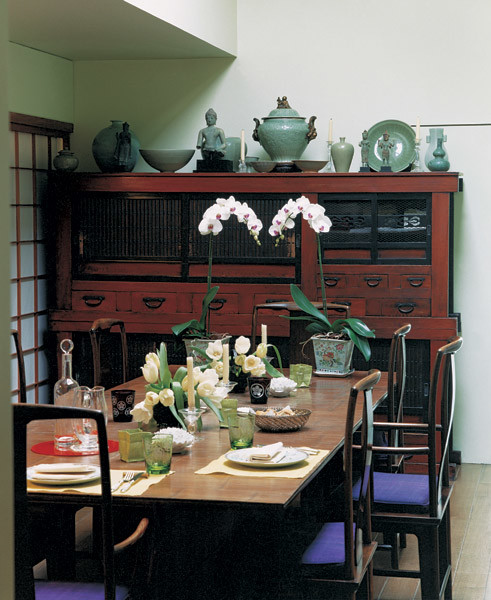
- Photo 1. East coloring of the living room Kenzo diluted the furniture of French brands.
- Picture 2. "Crystal and grace are synonyms," Kenzo Takada said. "Transparent crystal is reflected in clear lake water, which gives the garden a touch of elegance and elegance." Figures of the Buddha are made according to the sketches of Kenzo by the company Baccarat.
- Photo 3. Dining room. In the company of numerous Buddha statuettes, Kenzo never feels lonely. Porcelain dishes and appliances are made according to the design of the owner.
In the late 1980s, Kenzo bought the abandoneda furniture factory near the Place de la Bastille and turned it into an island of tranquility, harmony and tranquility. Located on ledges on three levels, this complex with three inner gardens occupies about a thousand square meters. There is even a tea pavilion taken from Japan, hanging over a pond where carp are found. As a true Japanese, Kenzo does not think himself outside of nature. Probably, therefore, clothes and perfume, produced under his name, invariably decorate floral motifs (even perfume bottles of Kenzo are made in the form of an elegant stem). Nature - a full-fledged mistress and in his house, whose architecture is inextricably linked with the garden, created in the best traditions of the Land of the Rising Sun. And they are like that.
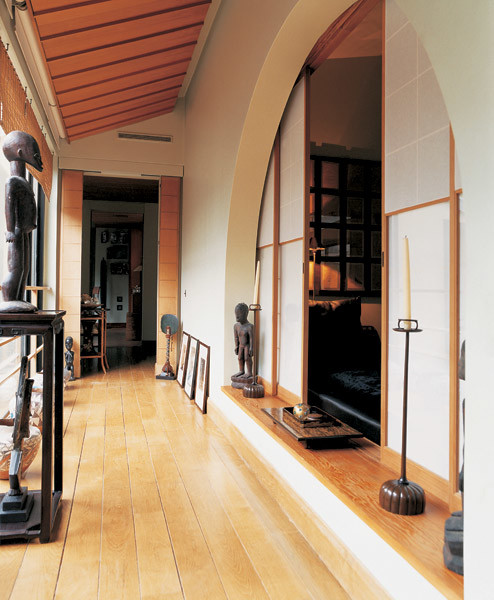


- Photo 1. This covered gallery connects the courtyard and the interior. In front of the semi-circular sliding door are African wooden sculptures from the Kenzo collection.
- Photo 2. The color scheme in the bedroom, as well as in the bathroom, is based on three colors: black, red and natural wood. At the fireplace on the stands the headgear of the North American Indians.
- Photo 3. Contemplation of the garden from the window of the office helps Kenzo come up with images of new collections.
The house is filled with art objects from his personalcollections: Japanese ceremonial curtains depicting all the same fish, mysterious African statues and hundreds of elephants - from wood, bronze, porcelain. The owner's favorite chair (in the shape of an elephant) stands next to the window in the living room. Elephants are weaved on a carpet lying on the floor, their silhouettes are read and on numerous ancient engravings. You ask, what does Japan have to do with it? Absolutely nothing to do with it. Elephants Kenzo is considered to be his talisman, bringing good luck. But Japan has a direct relation to other numerous inhabitants of this house - the Buddhas. In the garden alone there are seven (all made of crystal by the Baccarat design company Kenzo). With them the peace of the owner of the house is under reliable protection. At 68, Takada is full of strength and energy. He is the unlimited ruler of a small Japan in the center of Paris, lives by his own laws and worships deities sculpted by his design. Is not this the power of high art? 


- Photo 1. The interior of the bathroom is built on the contrast of scorching and black. The huge fish on the windowsill symbolizes the Kenzo zodiac sign.
- Photo 2. The indoor pool is located on the border between the living room and the garden.
- A photo 3. In the spacious bedroom Kenzo, there was a place for a desk and for a library. The bed is in front of the window. Thus, lying on it, the owner can observe the stems of bamboo swaying in the wind.




